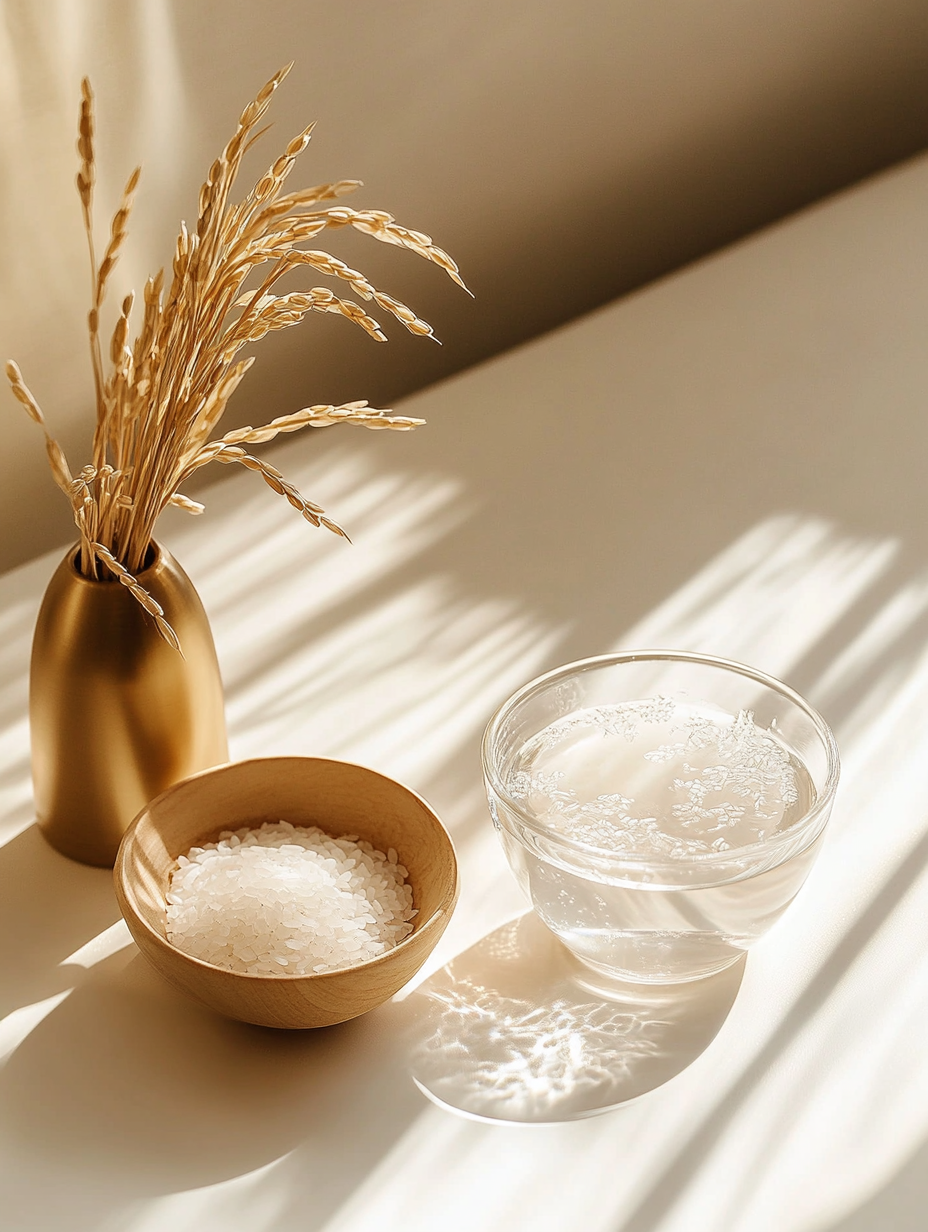Unraveling the Buzz Around Slugging: The Latest Skincare Trend

What is Slugging?
Slugging, a skincare trend, involves applying an occlusive, a product that creates a physical barrier on the skin, akin to petroleum jelly, to trap in moisture and plump up the skin. Despite the name, slugging has no connection to slugs. It gets its name from the shiny, slick appearance it imparts to the skin, reminiscent of a slug’s skin or trail.
The Historical Roots of Slugging
This skincare practice has roots dating back to ancient civilizations and different cultures worldwide. Black American women traditionally used petroleum jelly to moisturize their skin before specific products were developed for them. The Egyptians used oils as balms to reduce wrinkles, while the Seneca tribe in North America utilized naturally occurring oil to soften their skin.

Why Practice Slugging?
Slugging can be beneficial for anyone, but it's especially valuable for those with dry skin or conditions like eczema. It can counteract the drying effects of sulfate-based or astringent cleansers. Seasonal changes can also dry out the skin, making slugging a useful skincare technique.
How to Slug
Start with your regular skincare routine, which could include makeup removal, cleansing, applying toner, and using acne or other treatments. Apply your moisturizer just before slugging. There are no strict rules regarding what moisturizer to use under the occlusive. However, many people find moisturizers containing ceramides, hyaluronic acid, or Vitamin C serums useful for slugging.
Choosing the Right Occlusive
The choice of occlusive depends on individual preferences and skin sensitivity levels. Petroleum jelly-based occlusives are generally well-tolerated and affordable. Other options include products like Aquaphor, which uses a lanolin derivative, or even vegetable shortening.
Applying the Occlusive
Once you've applied your moisturizer, slather on the occlusive. You can either apply it immediately or wait for about 10 to 15 minutes for your skin to absorb the moisturizer. Traditionally, the occlusive is left on overnight. If you prefer to wipe it off, leave it on for at least 30 to 60 minutes for optimal results.
Precautions to Consider
If your skin is irritated, avoid your usual skincare routine, especially if it contains ingredients like retinol, tretinoin, or Vitamin C. Conduct a patch test with any new ingredient or product to avoid potential allergic reactions. If you experience breakouts or acne from slugging, stop the practice and allow your skin to recover.
Slugging Vs. Using Actual Slugs
While slugging doesn't involve actual slugs, their cousins, snails, have been popular in skincare. Snail mucin is known for its hydrating properties and its ability to promote cell turnover. However, ethical concerns exist around the harvesting of snail mucin.
The Final Word
Slugging is a skincare trend that can boost skin hydration and plumpness. However, as with any skincare practice, it's essential to ensure it suits your skin type, to avoid potential irritation or breakouts. Despite its name, slugging doesn't involve actual slugs or snails, but rather products that mimic the hydrating properties of snail mucin.



Comments ()